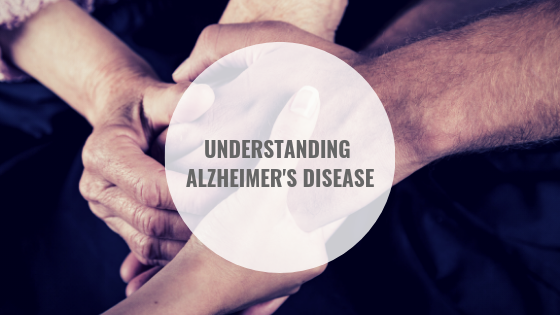Remember: Occupational Therapists define the word “occupation” as the way people “occupy” their time. So, for us, this term actually includes all roles involved in living (again, therapy for living, who knew?). In keeping with my theme for October, in celebration of OT month, I will continue to explore the journey of “occupation” from morning to night, highlighting how OT’s help when things breakdown along the continuum that is living.
So far we have slept, gotten up, groomed, dressed and in the last post consumed some food. Now what? Well, this is where the rubber meets the road and we get to be productive. But let’s not put productivity in the “job” box. There are a multitude of ways that people spend their time during the day, all equally important.
For those of us that “work” (in a paid capacity), this often dictates when we leave the house, and requires some kind of commute. When we arrive we need to negotiate our way to where we need to be and the next eight hours (or more) are determined largely by the demands and requirements of others. If we don’t work for money, perhaps our form of meaningful activity is child care, or care giving in general. Parents with disabled kids, or adults with disabled parents, spend a considerable amount of time in this capacity. Maybe we volunteer and that fills our day. For children, meaningful and productive activity are in the form of play or school. For young adults, this too is often education, socializing, or a job that is part time with varying hours. Some people spend their day on hobbies, sports, or exploring creative outlets that are “free time”. Some enjoy reading, and others watching television, going online, or managing the affairs of a household (errands, housekeeping, meals etc).
So you can imagine the issues that are created by a disability. What if you can’t drive, or tolerate public transit and now you are unable to get to work. Some disabilities extend the time required to complete a morning routine, and people with these problems are not able to get anywhere before 10am. Maybe you can get to work (and on time) but your office is not accessible, or your job requires abilities you no longer possess. Or if you suffer from significant fatigue, maybe being able to manage a full day, or the stresses of working, are an ongoing struggle. In your role as caregiver you are required to engage in physical activities of lifting or transferring, or this requires emotional stamina that you no longer have. As a volunteer you defined yourself by the way you were “giving back” and now this has changed. You are left feeling disappointed, discouraged and need to find a new purpose. For children that cannot play and explore their world, they need to learn alternative ways to negotiate and learn from their environment. Or, if productivity is in the form of other outlets, visual, hearing, dexterity or mobility problems can limit one’s ability to engage in those passions. Sometimes, productivity is hindered by many things, including physical, cognitive, and emotional and the barriers in each domain need to be analyzed before problems can be solved.
Again, this is all occupational therapy. For example, when my visually and hearing impaired grandmother was having back problems, I was able to align this with her “productivity” which consists of sporadic computer use and occasional television (both modified to meet her needs). What we discovered was that her significant leaning into the screens to “see” was the root of her problem. We were able to bring her computer monitor closer to her face, make changes to her computer chair, and later designed a cabinet that allowed her to get under the units to prevent leaning. Or, for another client that suffered from significant mental illness, we were able to making significant rehabilitation headway by first re-engaging her in her previous passion for making stained glass. For another client, a business owner, his treatment took the form of setting up guidelines, systems and processes at work that reduced distractions and interruptions so he could effectively work through and resolve priority items. But my favorite story is helping a friend with his neck pain by watching him use his computer. I just told him to stop being a chicken pecker and to learn how to type. Voila, neck pain gone!
The bottom line is that feeling productive and being productive are two of the most important aspects of the human psyche. Just knock something off your “to do list” and see how that feels. To become unable to be productive by virtue of physical, cognitive, emotional or behavioral problems creates a long list of secondary disability that is equally, or even more, damaging than the primary disability in the first place. Productivity following an accident or illness often takes new forms – and modifying ways to play, go to school, work, volunteer, or engage in other meaningful tasks is at the forefront of occupational therapy. Problems with productivity? OT’s treat that.


